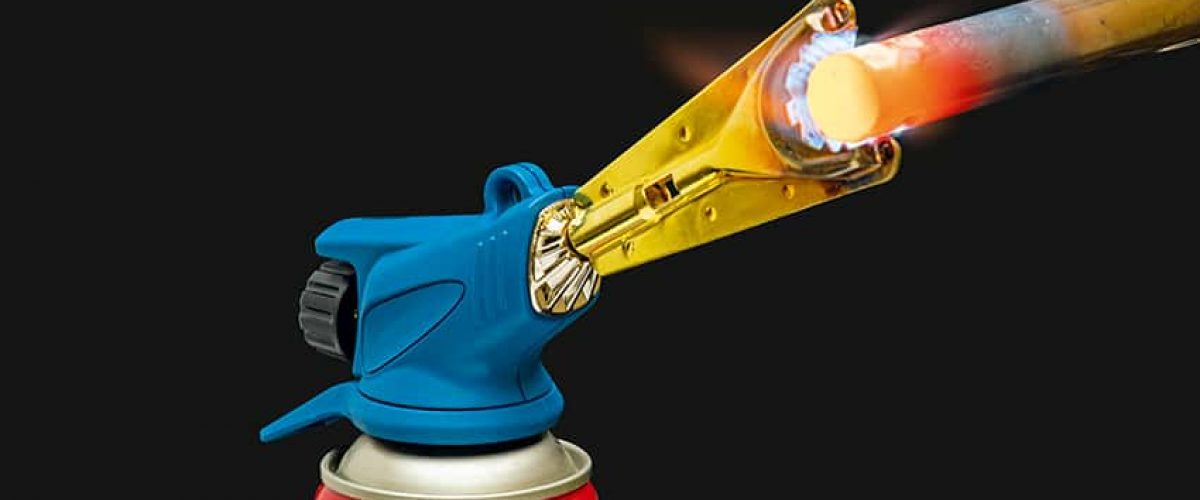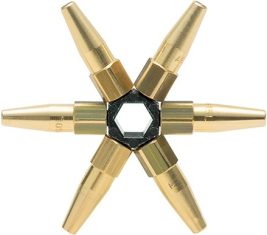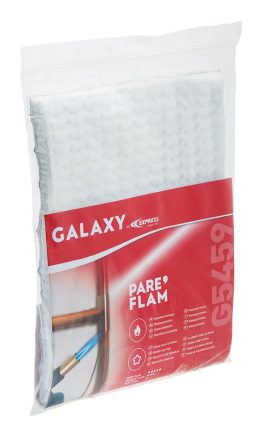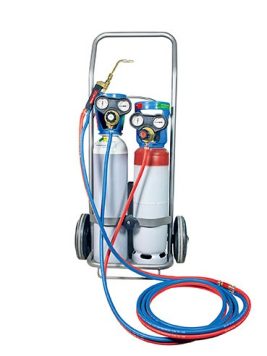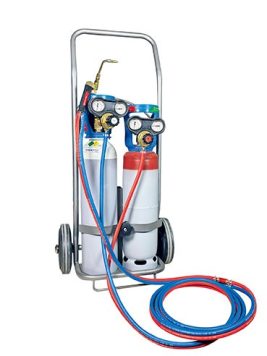Flame welding has many advantages. It is suitable for both professional and personal use. The flashlight is a valuable tool for homeowners to make all kinds of repairs. Here are the characteristics of flame welding.
The different types of use of flame welding processes to weld
The various flame welding processes fall into two categories:
- Autogenous welding or oxyacetylene welding, requiring a temperature of 1400 to 1500 °C and using 2 gases;
- Heterogeneous welding or brazing which is divided into three categories, using only 1 gas:
- Soft soldering, with a temperature lower than 400°C;
- Brazing up to 700°C;
- Brazing above 900°C.
Preparation of metals before flame welding
The preparation of the elements you wish to weld is crucial to the success of your project. All impurities should be cleaned and stripped to ensure that no greasy residue remains.
In addition, each piece should be prepared with an abrasive, such as emery cloth, steel wool or a scouring pad. This creates microgrooves in the metal, which allows :
- In autogenous welding, the metal of the parts to be joined intertwines more efficiently and more deeply once it has melted;
- In the case of heterogeneous welding, the filler metal expands by capillary action into the grooves and widens the range of action of the weld.
In any case, you must allow sufficient time for the assembly to cool down, to be sure of its robustness.
The different types of flame welding
1 – Autogenous welding
Autogenous welding uses two gases: oxygen as oxidizer and acetylene as fuel. It is used to weld two pieces of the same metal or two metals with the same physical characteristics, such as the same melting point.
Autogenous welding does not usually require the use of filler metal. It is achieved by heating the two pieces with a flashlight flame until the temperature is high enough to melt the metals and unite them.
Doing without filler metal allows to work on thin parts, without causing deformations by adding extra material. However, if the two parts have properties that are too far apart, a filler metal can be used to compensate for the differences and strengthen the weld. It is also recommended to strengthen a weld that needs to show a higher than average strength. The choice of filler metal depends on the original metals to be welded, as well as the use that will be made of the welded part.
2 – Heterogeneous welding
Heterogeneous welding that uses only one gas is called brazing. The process consists in assembling two parts which can be of the same metal or of two different metals. These are not melted, but sealed by a filler metal that is melted and penetrates by capillary action into both parts. The main gases used for flame welding are propane and butane.
To achieve a quality heterogeneous weld, you must place a drop of filler metal on the joint between the two parts to be welded. The intervals must be equivalent. To calculate the distance between each drop, multiply the thickness of your metal by 20.
The drop of filler metal must be heated until it spreads (called wetting).
Produits associés
-
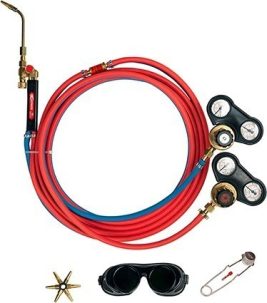 354,40€ HT
354,40€ HTKoro oxyacetylene kit Cat. No. 2905
Initially designed to provide plumbers and refrigeration engineers with a tool that...
Produits associés à cet article disponible sur express.fr
-
31,24€ HT
Brazing protector pad Stop’ Flam 5450
Soft thermal protection to protect all wall coatings from the flame. Reusable. No... -
10,74€ HT
Brazing protector pad Pare’ Flam Cat. No. G5459
Soft thermal protection to protect all wall coatings from the flame. Reusable. No... -
Koro oxyacetylene station Cat. No. 2907
Initially designed to give plumbers and refrigeration engineers access to the best...
